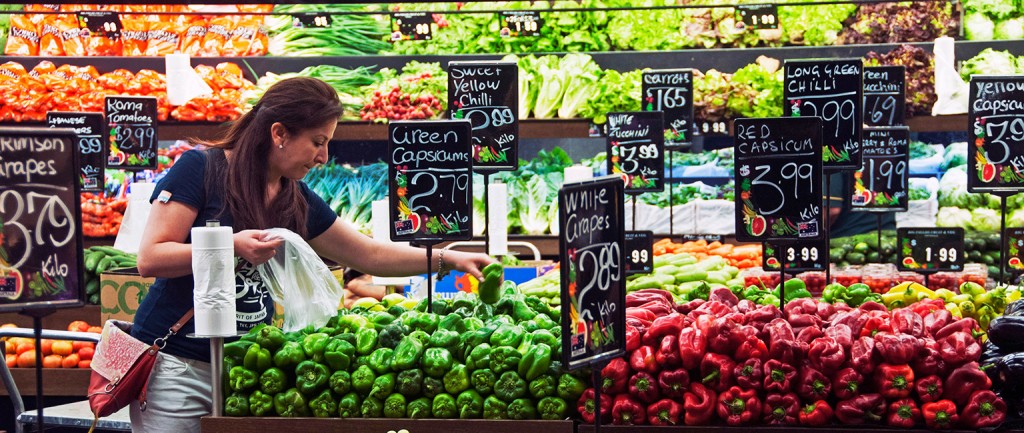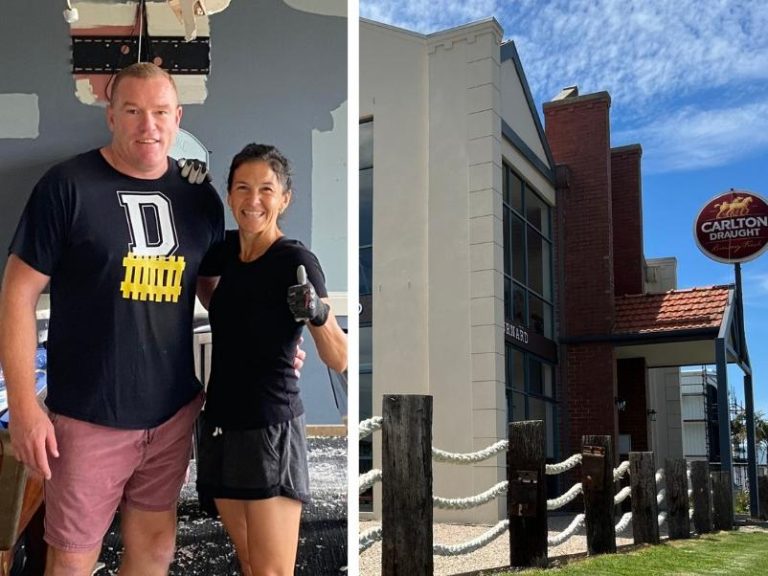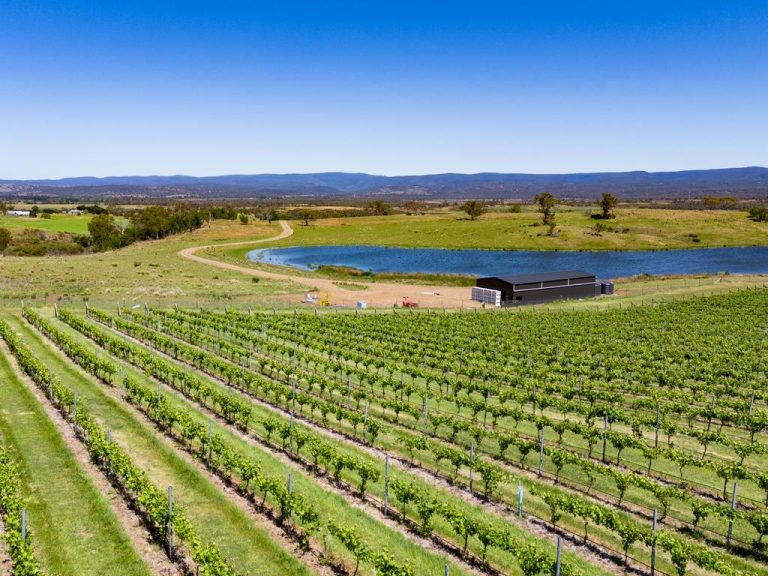Specialist food retailing gets a makeover

They used to be an oddity in the retail scene, but organic food stores and European-styled providores are carving out an increasing share of Australian food sales.
Specialist food sales bounded back to their 10% plus a year average since the GFC, led by organic food where sales topped $1.72 billion in 2014, according to the Australian Organic Market Report. That’s up by more than a third since 2012 and growing at 15% per year.
That sort of growth is unusual in food retailing, but perhaps more surprising are the categories leading the charge, such as dairy, beef and wine grapes with sales of organically certified cosmetics also rising quickly.
The most common reason for people to buy organic is health, with consumers telling market researchers they were most attracted by produce which is chemical free (80%), additive free (77%), environmentally friendly (68%), hormone and antibiotic free (meat) (60%), or non-GM and free range (each 57%).

To cater for this fast growing niche, a generation of new outlets has emerged looking a lot different from pokey shops of years past. The new generation has retained the brown paper bags but opted for uncluttered formats, professionally designed interiors and order online for home delivery websites.
People buy organic mostly for health reasons.
The majors have noticed the trend too. Woolworths led charge by purchasing the 11-store Macro Wholefoods chain five years ago, which they merged with Thomas Dux, an upmarket organic store that started out in Bondi in 1987.
Read more: Supermarkets set to slug it out in 2015
It’s a similar story of growth benefitting well-designed outlets for providores and gourmet food specialists. The explosion of interest in gourmet foods and traditional preparations, driven by the popularity of TV shows like MasterChef and celebrity chef Heston Blumenthal, has seen sales of specialist cheeses, olives, cured meats and condiments sky rocket.
Rosalie Gourmet Market Director Marcia Lewis says her business has been in the Brisbane suburb of Paddington for 17 years and was one of the first so-called brown bag stores.
“Back then we had a lot of young students buying organic fruit and veg, and years later they have returned with their professional incomes and families to buy here,” Lewis says.
“What you need to stand out in this business is really strong quality of product and staff who know how to prepare and cook produce properly. What we see are a lot of small operators who come into this industry, start out as organic and then shift their offering around, ending up as cafes. Those people don’t tend to last.”
With mainstream supermarkets venturing into the whole and gourmet food lines, growth in this sector is increasingly going to larger format stores who are banking on the addition of in-house dining to create a more rounded shopping experience.
Organic stores that shift their focus won’t last.

Mindful of the need to increase the catchment site of their market, successful providores are also taking their brands into shopping centres. Jones the Grocer in Sydney is typical of this strategy, settling into a new site at Westfield Parramatta and upping its average store size to 500 sqm to include a café and restaurant which plays host to cooking masterclasses.
Read more: Investors shopping up a storm in mid-size centres
Others are venturing out into the suburbs to find suitable sites close to motorways to expand their customer base. Perhaps the best example is LaManna, tucked into the old airport site next to CityLink in the Melbourne suburb of Essendon. This giant supermarket – providore stretches over 7,500 sqm offering homemade arancini, goat chorizo and quail, an in-house patisserie, piadina bar (flat bread Italian sandwich wraps) and on-site cafe .
This trend of large format, professionally merchandised outlets battling it out for market share looks set to continue, making specialist food an interesting retailing space to watch over the coming years.







